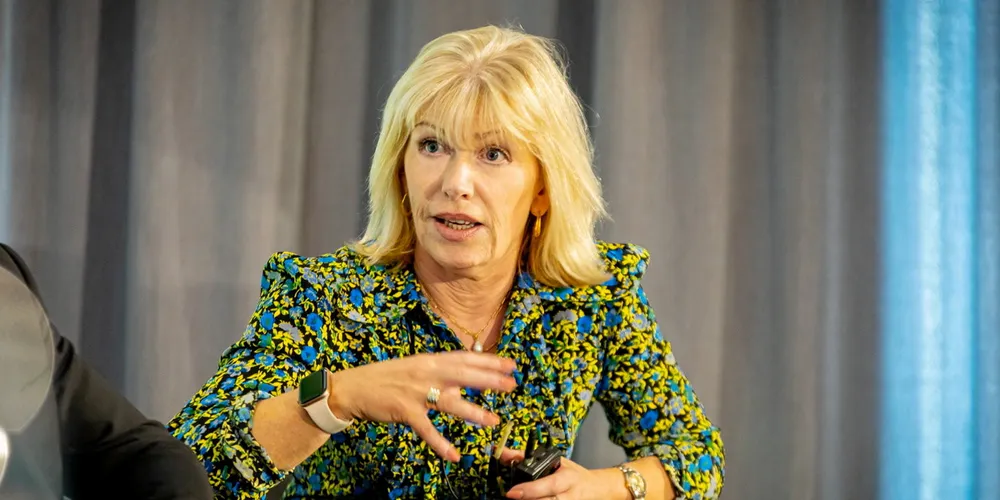Floating wind can learn from 'massively collaborative' oil & gas: Mainstream exec
Developer's UK managing director Sian Lloyd Rees tells Recharge-organised event that hydrocarbons sector has track record of breakthroughs through 'shared risk and reward'
